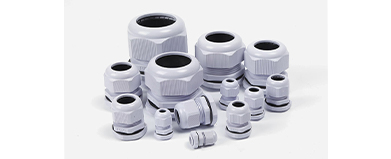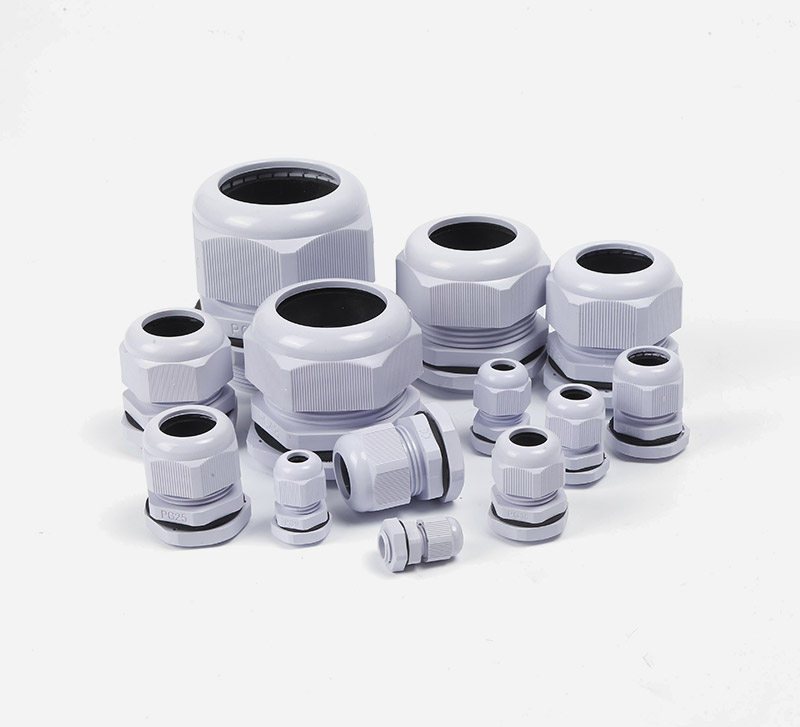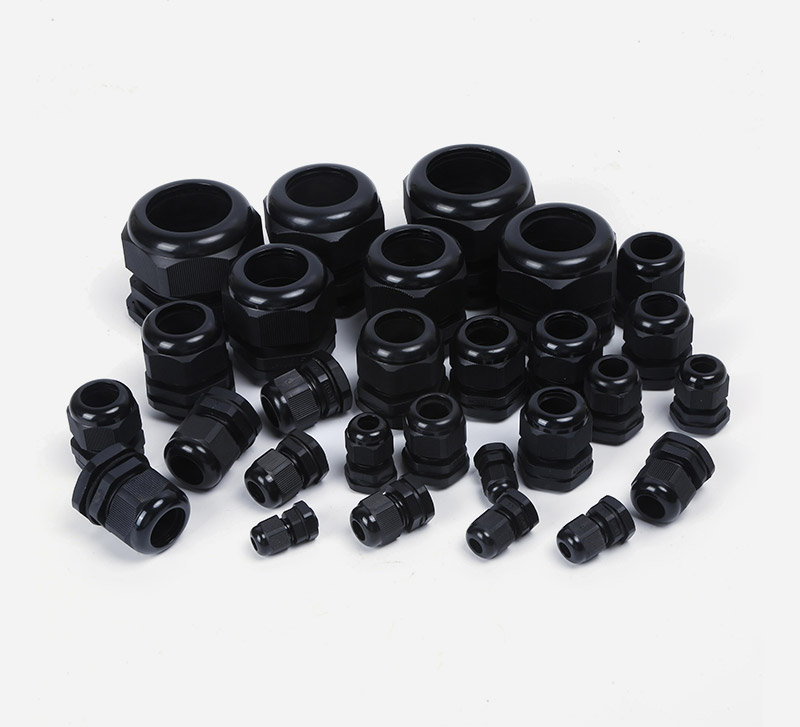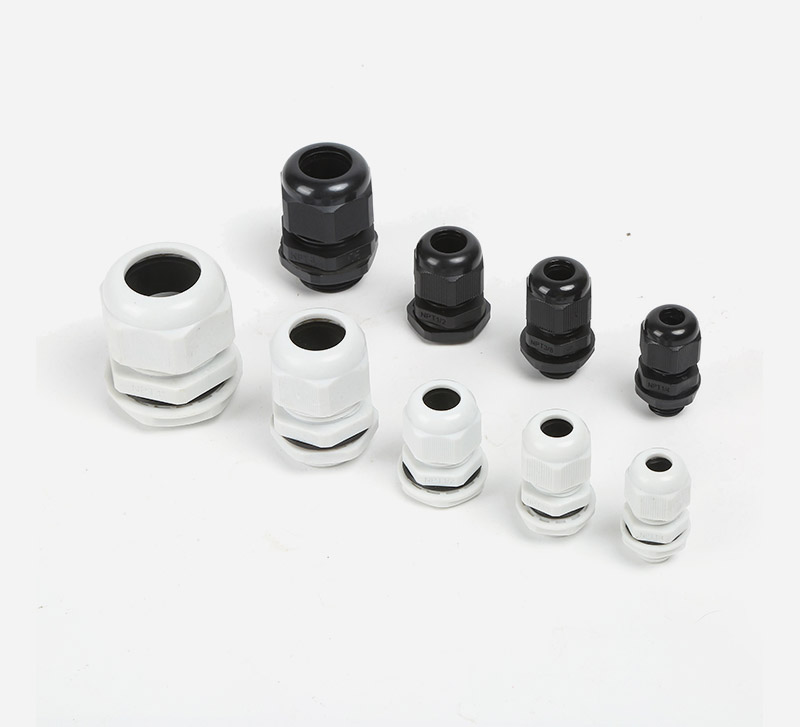What Should I Know When Buying Petrochemical Nylon Cable Glands?
The petrochemical sector functions in some of the most severe working environments, where corrosive chemicals, shifting temperatures, and strict safety protocols are constant factors. Is nylon tough enough? How do these glands meet safety rules? This guide clears up confusion to answer the most vital questions about Petrochemical Nylon Cable Glands, helping you make smart choices for your operations.
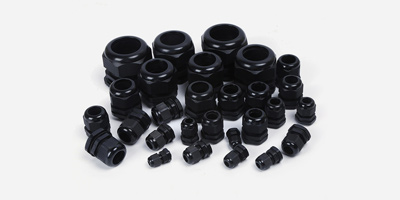
Why Is Nylon a Good Material Choice for Cable Glands in Petrochemical Settings?
Lots of buyers fear nylon isn't strong enough for petrochemical scenarios, but high-grade nylon 66—one of the most common grades for these glands—addresses the industry's core needs:
•Chemical resistance: It holds up against most petrochemical byproducts, oils, and solvents—unlike certain metals that rust or break down when exposed to these substances.
•Temperature endurance: It works reliably between -40°C and 120°C, covering the usual operating temperatures of refineries and chemical plants.
•Lightweight but sturdy: It's lighter than brass cable glands or stainless steel cable glands, making installation easier without giving up the mechanical strength needed to secure cables.
What Steps Help Buyers Confirm Petrochemical Nylon Cable Glands Meet Industry Safety Standards?
Safety leaves no room for compromise in petrochemicals, so checking compliance is a must for buyers. Focus on these key standards:
•IP68 rating: This is non-negotiable. An IP68 rating means the gland blocks all dust and stays waterproof even when submerged—critical for stopping cable short circuits from spills or moisture.
•RoHS compliance: Ensures the nylon gland has no hazardous substances like lead or mercury, a requirement for global petrochemical supply chains.
•Industrial safety certifications: Look for approvals such as CE or SGS—these prove the gland has been tested to handle petrochemical-specific risks, like exposure to flammable vapors.
What Myths About Petrochemical Nylon Cable Glands Do Buyers Often Believe?
Misconceptions frequently lead buyers to pick the wrong product. Let's correct two common ones:
•Myth 1: Nylon glands can't stand high pressure. Truth: Well-designed Petrochemical Nylon Cable Glands include reinforced sealing rings that keep their integrity intact under the pressure levels typical in petrochemical piping setups.
•Myth 2: They're less durable than metal alternatives. Truth: While metal glands have their uses, nylon glands resist corrosion better in chemical-heavy areas—meaning they often last longer in petrochemical workplaces without needing replacement.
What's the Right Way to Maintain Petrochemical Nylon Cable Glands for Long-Lasting Reliability?
Even top-quality glands need basic upkeep to avoid malfunctions. Follow these simple steps:
•Check seal condition every three months: Inspect the gland's O-rings or gaskets for cracks—chemical exposure can wear down seals over time, so replace worn parts quickly.
•Skip harsh cleaning products: Use mild detergents when cleaning glands; strong solvents can damage the nylon's structure.
•Keep an eye on temperature shifts: If your facility has extreme temperature changes, schedule extra checks to make sure the gland doesn't warp or come loose.
Conclusion
Selecting Petrochemical Nylon Cable Glands isn't just about picking a cable management part—it's about ensuring safety, durability, and compliance in a high-risk industry. By focusing on nylon's material benefits, verifying key standards, correcting myths, and following basic maintenance, you'll choose glands that protect your cables and keep operations running smoothly.
If you still have doubts about sizing, compatibility, or specific petrochemical uses, our team of industrial cable management experts stands ready to assist. For practical options customized to your needs, head to our nylon cable glands product page—where you'll find solutions tested specifically for petrochemical environments.




